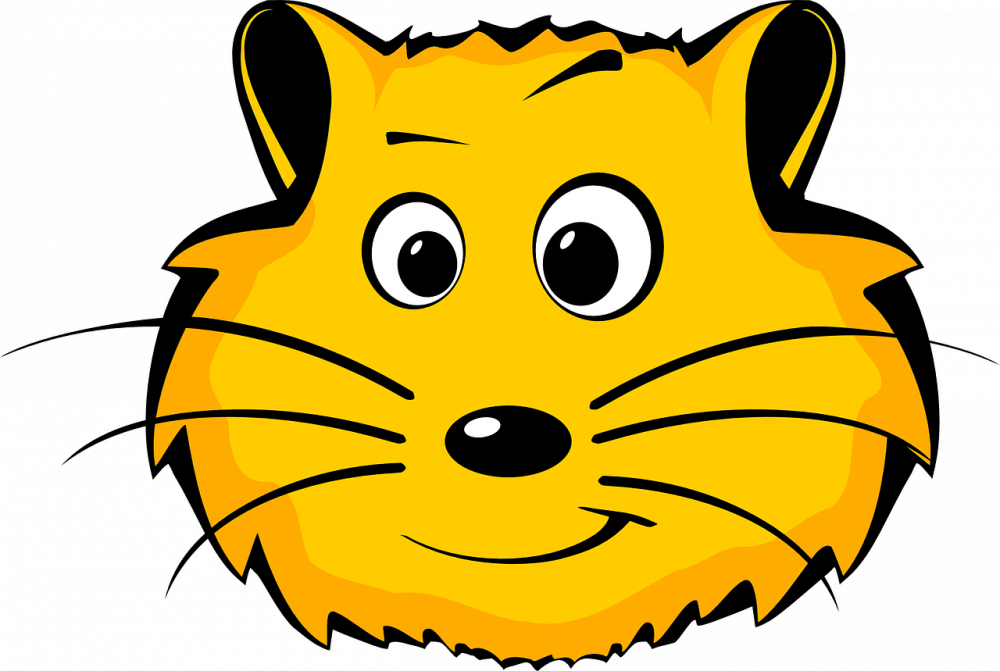Fat Hamster: A Comprehensive Guide to the Popular Pet

Introduction:
When it comes to cute and cuddly pets, the fat hamster has gained significant popularity among pet enthusiasts. In this article, we aim to provide an in-depth overview of the fat hamster, its various types, popularity, and quantitative measurements. We will also discuss the differences between different fat hamster breeds and provide a historical analysis of the advantages and disadvantages associated with owning a fat hamster. So, let’s dive right into the fascinating world of fat hamsters.
I. What is a Fat Hamster?
A. Definition and Characteristics:

The fat hamster, also known as the Roborovski hamster, is a small rodent that has gained immense popularity as a pet. It is known for its round, plump physique, adorable appearance, and friendly temperament. With their large, round bodies and chubby cheeks, fat hamsters have captured the hearts of many pet lovers worldwide. They are typically 2-3 inches in length and weigh around 1-2 ounces, making them ideal for individuals in search of a small, low-maintenance pet.
B. Types of Fat Hamsters:
1. Roborovski Hamster:
The Roborovski hamster is the most common type of fat hamster. It is known for its short and stocky body, compact size, and sandy-brown fur. These hamsters have a lifespan of approximately 2-3 years and are highly active and agile.
2. Other Types:
While the Roborovski hamster is the most popular type of fat hamster, there are other variations as well, such as the Campbell’s dwarf hamster and the Winter White dwarf hamster. Each type has its own distinct characteristics, but they all share the adorable, chubby appearance that makes them so captivating.
C. Popularity of Fat Hamsters:
Fat hamsters have become incredibly popular pets in recent years. Their cuteness, low-maintenance requirements, and friendly temperament make them suitable for individuals of all ages. Whether you’re a child looking for a first pet or an adult seeking companionship, a fat hamster can be a perfect choice. Their popularity can be attributed to their cuteness factor, ease of care, and their ability to adapt well to various living conditions.
II. Quantitative Measurements of Fat Hamsters:
A. Size Measurements:
Fat hamsters are generally small in size, ranging from 2-3 inches in length. They have a round and chubby body, which contributes to their adorable appearance.
B. Weight Measurements:
On average, fat hamsters weigh around 1-2 ounces. However, weight can vary depending on the individual hamster’s diet, exercise levels, and overall health. It is important to monitor a fat hamster’s weight to ensure they are maintaining a healthy size.
C. Lifespan:
Fat hamsters, such as the Roborovski breed, have a lifespan of approximately 2-3 years. Proper care with a balanced diet and regular exercise can contribute to a longer lifespan for these adorable pets.
D. Reproduction:
Female fat hamsters can give birth to litters of around 5-8 pups. The gestation period typically lasts around 19-21 days, after which the pups are born blind and hairless. They grow quickly, gaining weight and developing fur within a few weeks.
III. Differences Among Fat Hamsters:
A. Physical Appearance:
While all fat hamsters possess a plump and round physique, there are slight differences in appearance between the various types. For example, the Roborovski hamster has sandy-brown fur, while the Campbell’s dwarf hamster has a more varied coat coloration.
B. Behavior and Temperament:
While fat hamsters, in general, are known for their friendly and sociable nature, individual personality traits can differ among different types. Some fat hamsters may be more playful and adventurous, while others may be slightly more reserved.
C. Size and Weight:
Though all fat hamsters are small and chubby, there can be variations in size and weight between different types. It is essential to consider these differences when selecting a fat hamster pet, as they may have specific requirements and care needs.
IV. Historical Overview of Advantages and Disadvantages:
A. Advantages of Owning a Fat Hamster:
1. Low Maintenance:
Fat hamsters, being small in size, require minimal space for housing. They are relatively easy to care for and do not require extensive grooming.
2. Suitable for All Ages:
Fat hamsters make great pets for both children and adults. Their friendly demeanor and cute appearance make them beloved companions.
3. Entertainment Value:
Observing a fat hamster’s playful antics can be highly entertaining and provide a sense of joy and relaxation.
B. Disadvantages of Owning a Fat Hamster:
1. Short Lifespan:
While fat hamsters bring joy during their relatively short lifespan, their shorter lifespan compared to some other pets can be seen as a drawback for those seeking a long-term companion.
2. Fragility:
Due to their small size, fat hamsters can be delicate creatures, and they require careful handling to prevent any potential injury.
[INSERT VIDEO HERE]
Conclusion:
Fat hamsters have undoubtedly captured the hearts of many pet lovers due to their irresistibly cute appearance and friendly temperament. With various types to choose from, each with its own unique characteristics, owning a fat hamster can be a delightful experience. Considered low-maintenance pets, fat hamsters have become popular among individuals looking for a small, adorable companion. While they may have a relatively short lifespan, the joy and companionship they bring are immeasurable. So, if you’re considering adding a pet to your family, consider the charming fat hamster as a potential addition.





